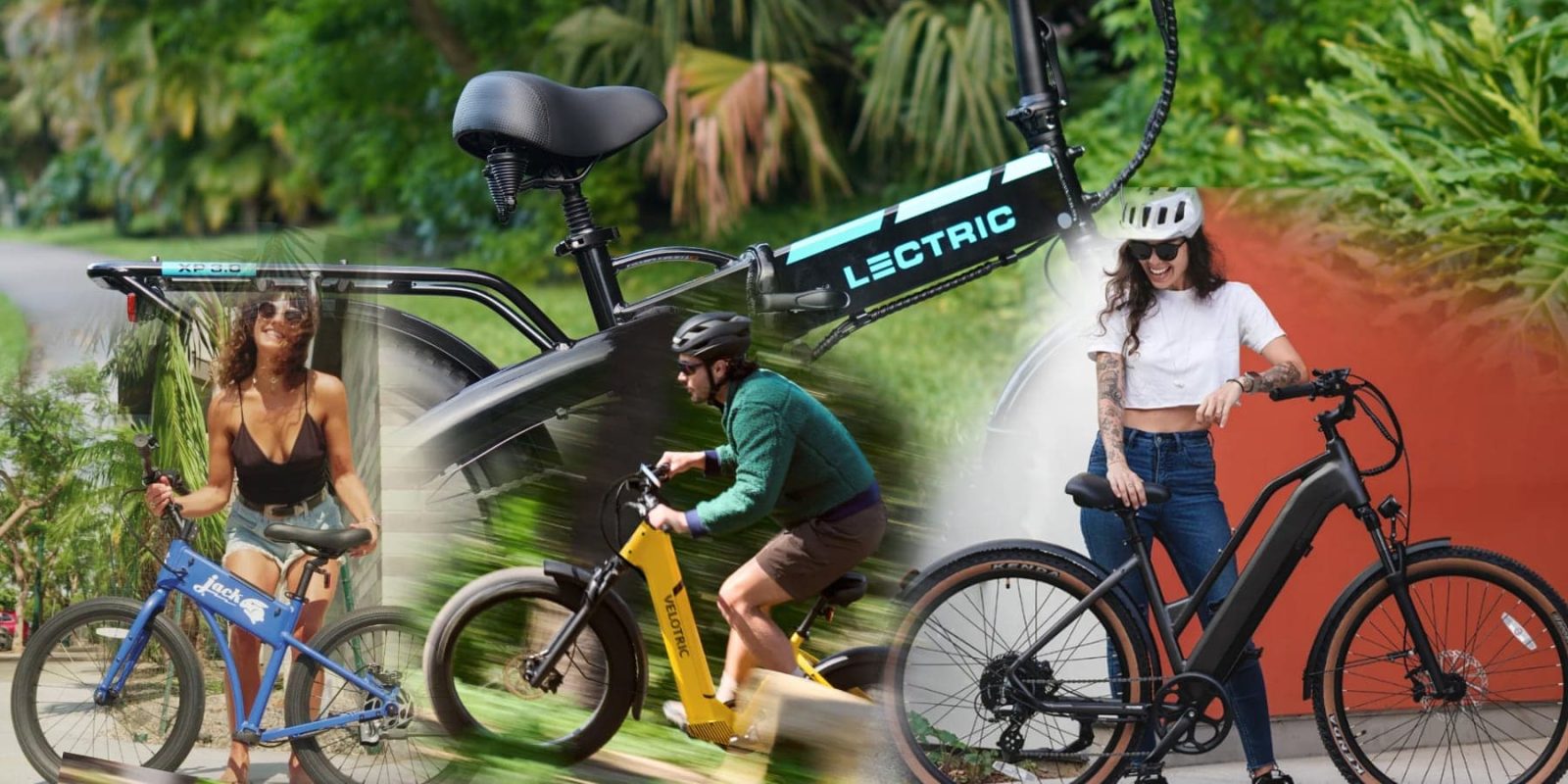
California finally got its act together this month, rolling out an electric bike incentive program yesterday that had been in the works for years. But while the noble program was designed to help low-income riders afford a sustainable, independent form of longer-range transportation, it was exhausted in less than an hour and left many more people frustrated with its inaccessibility.
The program began its initial round with a US $3 million budget, enough for around 1,500 e-bike vouchers. The application opened Wednesday night at 6:00 PM, with widely-anticipated high demand for the relatively few vouchers.
But as several state residents soon bemoaned, even with advanced preparations made before the application opened, it was nearly impossible to finish the application in time.
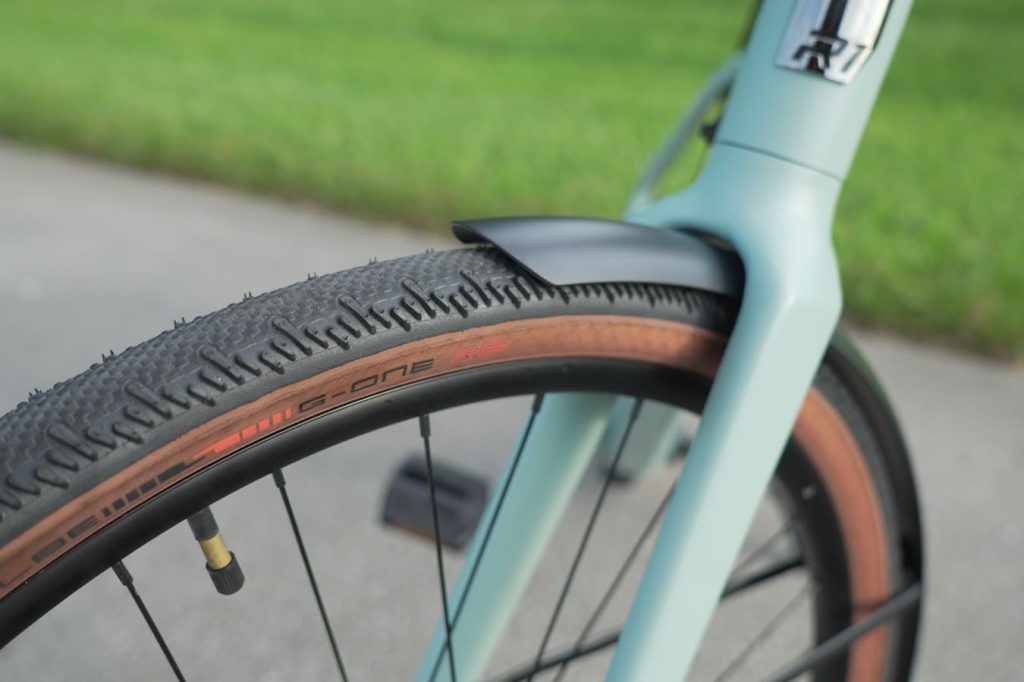
Several Electrek readers reached out to share their experiences. Some indicated that they found the online application unresponsive as little as 16 minutes after the application window opened, though in actuality, it very well could have been closed even quicker considering the wide demand for the limited number of vouchers.
“I have been an avid bike rider for 30 years, I live on a fixed income (I did public and non-profits of various sorts for my career), and fit the lowest income bracket for qualification for the rebate,” explained one reader.
“I, like many, waited a year or more for California to finally get this going. Tonight was the night. I prepared myself in advance, income verification, drivers license, watched the videos, got online an hour before the opening bell, and then was automatically put in the queue. After 45 minutes it was over, and the application window was closed.”
The program organizers claim that there is another US $4.5 million in funding remaining, or enough for around 2,300 more vouchers. But there is no confirmation regarding details on future rounds of vouchers, nor an indication of when such rounds could open.
“I’m glad there was so much interest, and because of this hopefully more people will be on bikes on the road. But I have to say, for all its hype, this ‘event’ was a little demeaning and a real letdown for me, as I’m sure for probably many other deserving folks out there. It’s simply ridiculous to have 1,500 or so vouchers available in a state of 40 million people, putting us all in a lottery that ends almost before it started.”
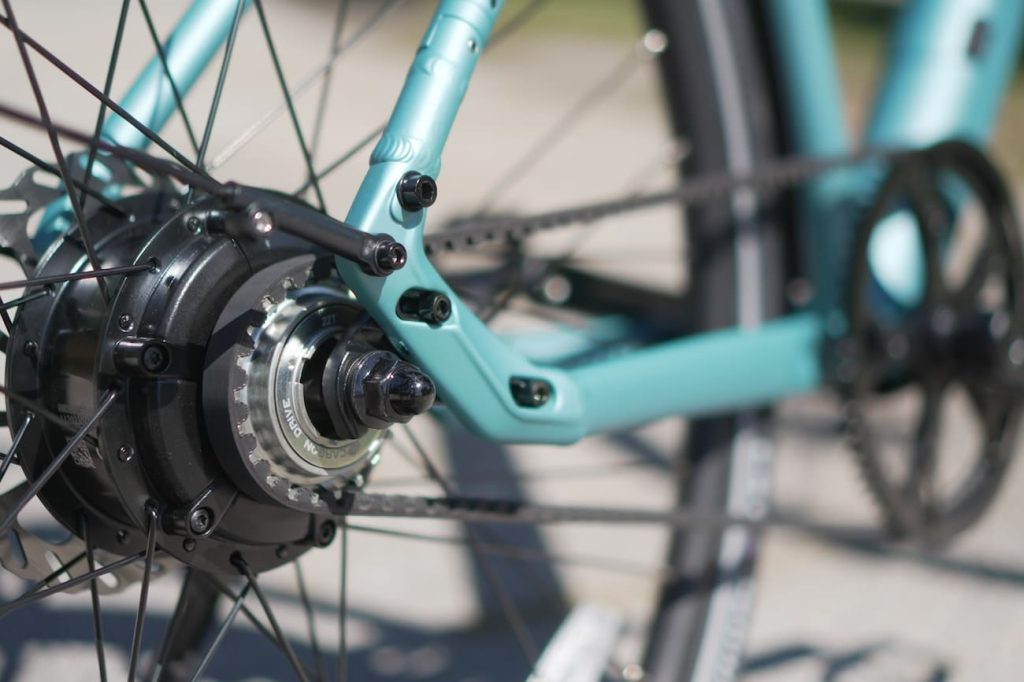
Electrek’s Take
Top comment by Jack
they should drop the rebate to $500. A good ebike for commuting is under $1000 now. This would
4x the number of awards for the same budget.
I want to start by saying that I’m incredibly supportive of this initiative and any others like it. Public funding absolutely should be used to benefit the public, and e-bikes have been proven to benefit society in so many ways. Not only are they a major leg up in transportation independence and health improvements for e-bike owners, but they benefit everyone by helping replace cars from the road, reducing traffic, and making an impact in the amount of air pollution in our cities.
However, considering California had years to get this right, it seems like the program left a lot to be desired. I know money doesn’t grow on trees, but California is the richest state in the country and has a state budget of over US $300 billion. I think we can find a little more change under the couch cushions to help some folks achieve transportation independence. With the massive budget available to California legislators, 1,500 of these vouchers feels like a drop in the bucket.
Making matters worse is that these programs are often designed in a way that the fastest fingers win. If you can fill out the application quickly enough at the precise minute and second it opens, you just might have a chance at getting an elusive voucher. If your fingers aren’t as spry as an 18-year-old’s, then tough luck. We’ve seen how Denver’s popular program can literally run out of vouchers in just 60 seconds each time a new round is opened. As an Electrek reader pointed out in a comment on my last article about the California incentive program, “Mad rushes can be avoided if they open up the applications year round and have a lottery system every X months.” While that doesn’t solve the scarcity issue, it certainly seems like a fairer method than a 40 million-way sprint to the submit button.
There’s a lot to like about these programs, and they should be replicated far and wide as they have a much bigger impact on more lives than electric car tax rebates. But that doesn’t mean there isn’t still significant room for improvement.
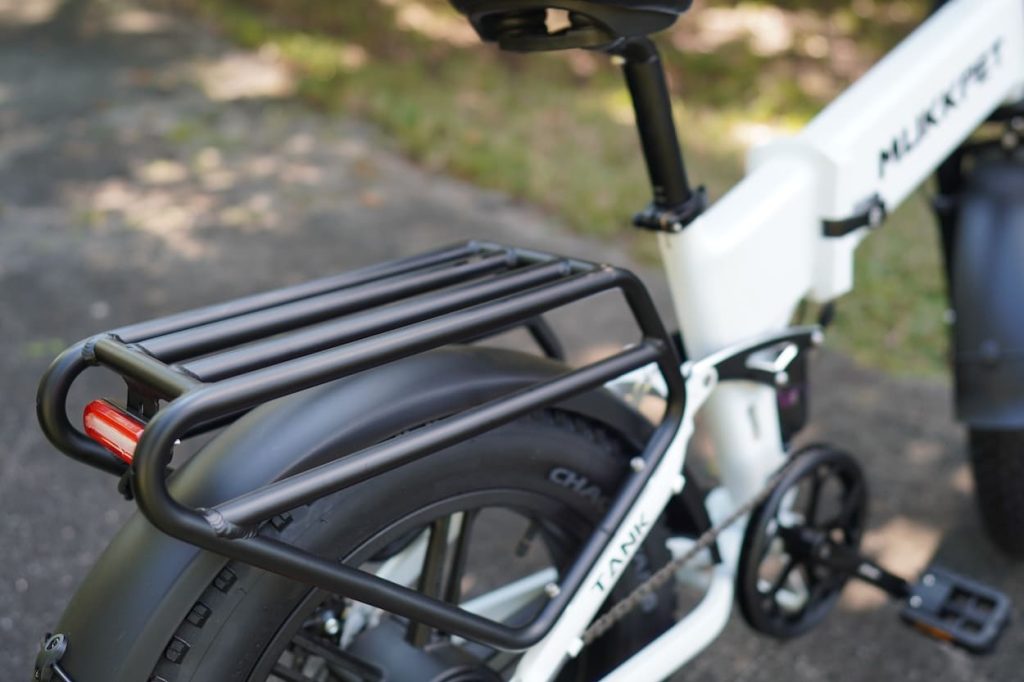
FTC: We use income earning auto affiliate links. More.




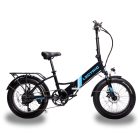

Comments